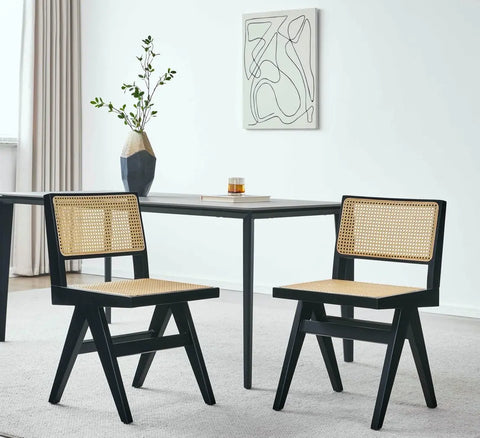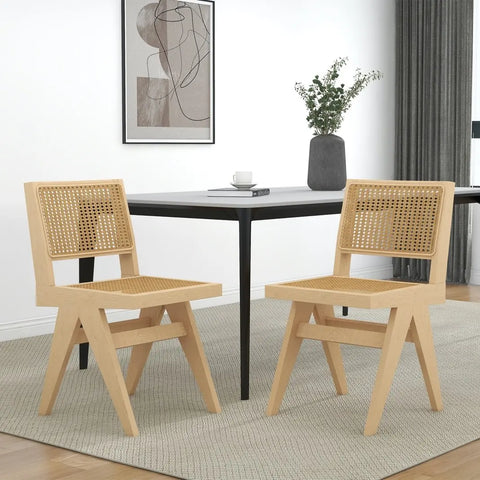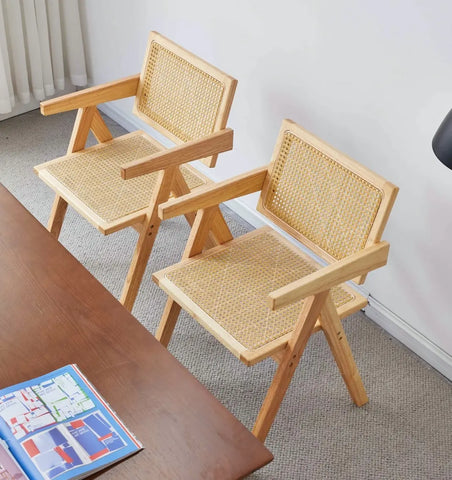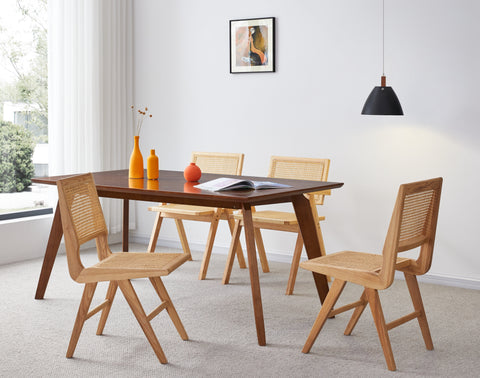Complete Guide to Wood Furniture Repair in 2023
Navigation
- Importance and benefit of Wood Furniture Repair
- Identifying Types of Wood Furniture Damage
- Tools and Materials Needed for Wood Furniture Repair
- Step-by-Step Wood Furniture Repair Guide
- Tips and Tricks for Wood Furniture Repair
- When to call in a professional
Whether you're a DIY enthusiast or just someone looking for tips on how to take care of your beloved wooden furnishings, this comprehensive guide is sure to provide you with everything you need, ranging from basic maintenance and repairs to advanced restoration techniques. So grab a cup of coffee and get ready to dive into the world of wood furniture repair – your trusty toolkit and a can-do attitude are all that's needed!

Importance and benefit of Wood Furniture Repair
When your wood furniture gets damaged, you need to assess the damage. If the damage is superficial, such as scratches or nicks, you can repair it by yourself to avoid worse damage. There are a lot of benefits of having your Wood Furniture repaired. Extending the life of your furniture means saving money. This also allows you to keep your favorite pieces around for longer and avoid having to buy new replacements. When you repair wood furniture, you can often give it a one-of-a-kind look. You may wonder what could help you to decide whether or not to repair Wood Furniture and how to repair it?
Identifying Types of Wood Furniture Damage
Solid wood furniture can suffer from many types of damage, and the common types of damage are as follows:
- Scratches and Dents: caused by accidental drops, moving furniture around, pet claw marks, scratches from sharp objects, etc.
- Water spots: caused by spills or leaks, especially when drinking tea
- Heat damage: caused by a hot item on top of the furniture, such as an iron
- Gouges: deep scratches that can be caused by sharp objects or hard blows.
- Loose joints and broken parts: usually caused by a long-time dropping or shaking.

Tools and Materials Needed for Wood Furniture Repair
Here are the specific materials you will need depending on the type of repair to be performed:
- For scratched or gouged wood, you will need a tube of wood filler, matching stain, and fine-grit sandpaper.
- For cracks, you will need white glue and clamps.
- For loose joints, you will need a carpenter's glue.
- For missing veneer, you will need contact cement and a putty knife.
- For water rings, you will need mayonnaise, a rag, and a hairdryer.

Step-by-Step Wood Furniture Repair Guide
Whether you are dealing with small scratches, water rings, or heat marks, follow this guide through which you can repair wood furniture step by step. Once you have prepared a few required supplies, such as sandpaper, wood filler, a putty knife, and a clean cloth, you can follow the steps listed below:
- Sanding down the damaged area properly to produce a smooth surface for the wood filler.
- Apply the wood filler to the area gently using the putty knife and smooth it out till the area is level with the rest of the furniture.
- Let the wood filler dry completely before sanding down the area until it is flush with the rest of the furniture.
- Use a clean cloth and apply a thin layer of stain or varnish to match the original finish of your furniture. Don't use the furniture until it becomes dry.

Tips and Tricks for Wood Furniture Repair
- Start with a light sanding – You don't need to remove all of the existing finish; just rough it up a bit, so the new paint or stain will stick to the furniture better. Be sure to wipe away any dust after sanding.
- Choose the right paint or stain – If you want a smooth, glossy finish, use enamel paint. For a more natural look, try staining the wood instead. Be sure to test your chosen product on a hidden area of the furniture first to make sure you like the way it looks and that it goes on smoothly.
- Apply primer – This step is essential if you want your new paint or stain to look its best and last for years to come. Again, be sure to test the primer in an inconspicuous area before applying it to the whole piece.
- Paint or stain evenly – Use long strokes in the same direction when painting or staining to avoid creating streaks or lines in the finish. Work in small sections so that the area doesn't dry out before you're done with it.
- Let it dry completely – This step is important! Make sure you let the paint or stain dry completely before moving on to the next step or putting the furniture back into use.

When to call in a professional
When it comes to wood furniture repair, some jobs are best left to professionals. If you're not sure when to call in a professional, you can refer to a few guidelines:
- Extensive damage, such as large cracks or holes.
- The furniture is antique or heirloom, and you need to take extra care.
- Not very confident in your own hands-on ability.
Through this article, you have learned what kind of damage solid wood furniture may suffer, cases where you can handle your wood furniture properly, and where you need to find a professional. I hope this article will help you have a better understanding of the maintenance process and procedures.
Read More
- Ultimate Guide: Keeping Modern Wood Furniture Moisture-Proof – Way2Furn
- Natural Wood Chairs:A stylish and Practical Addition to Any Home – Way2Furn
- Maximizing Style and Space: Tips for Organizing Small Objects in Your Dining Room – Way2Furn
- Maximize Comfort and Productivity: How to Choose the Perfect Swivel Chair for Your Office – Way2Furn
- Chenille vs Fleece: Understanding the Key Differences – Way2Furn






















